Calculators would rot our brains. Spellcheck would ruin writing. Wikipedia would end research. None of that happened, and AI’s no different.
Our school should not seek to eradicate AI, but rather encourage its role in our generation’s education. In doing so, our school can shape AI to benefit students, as when used correctly, AI can enhance productivity and creativity by offering inspiration or helping with tasks that search engines cannot.
Firstly, the large amount of tutoring potential AI holds is a pathway to effortless learning. Having outside help is essential for any challenging class. However, a stigma around asking for assistance and fear of condescension at tutor events prevent students from seeking help. Also, getting a helping hand from someone is not possible during a late-night study session. This all-time tutor is more helpful than one would think, especially from an embarrassment standpoint.
Additionally, artificial intelligence knocks targeted learning out of the park. For example, two students are in a math class, where the teacher primarily focuses on oral teaching with very few diagrams. One student benefits from this, mostly because of a preference for oral learning and no need to visualize math. The second student struggles, not due to a difference in intelligence, but a difference in learning style. The second student now has access to an infinite amount of math resources compiled into a single, easy-to-use interface. They could have AI form a list of the best visual math guides, links to the best-rated YouTube videos, or even have the AI generate images itself.
The power of this tool is cemented by many studies conducted by professionals and intellectuals. The National Library of Medicine tested AI by selecting 23 random students and teachers and then having them complete a series of tasks with AI as a thought partner. These tasks include language learning, tutoring, puzzle solving and coding. At the study’s end, AI helped the volunteers retain vocabulary, code and solve puzzles, confirming that “AI supports… continuous learning and (inspires) creativity.” When asked about coding, Student Six said, “The AI applications introduce me to new ideas that I wouldn’t have thought of on my own, boosting my creativity.”
Equality is an important aspect of AI that is often overlooked. Students with language barriers or physical disabilities can utilize AI to transcribe and speak in real-time. Recently, certain AI platforms have reached a level of efficiency that allows them to translate languages almost instantaneously. Imagine the power this could have for English learners trying to learn calculus in a class that they can’t understand. The same applies to deaf students, who have everything instantly written down for them to read.
Integrating artificial intelligence into other parts of our school will help to embrace and prepare for an upcoming era of AI assistance. Granite Bay High School’s journalism department is already doing a great job with this by using AI for title ideas and the generation of article thumbnails.
The benefits don’t stop at journalism. English can use AI for prompt generation on essays, and art classes could use it for inspiration or to attempt to mimic a famous artist’s style. For example, artificial intelligence could break down pointillism and make it extremely easy to follow and understand.
Teachers and parents may be concerned about cheating or a lack of thought in students’ use of AI. While this is a valid concern, artificial intelligence is not something to shun or be afraid of. Specific learning targets and limits on AI would negate this problem altogether. Also, just like phones and the internet, expectations need to be set against AI plagiarism.
There is always the worry about not needing to learn crucial writing and thinking skills. Similarly, students need to be aware of the dangers and setbacks of AI, while being encouraged to think on their own. One way teachers could make this happen is by showing appropriate AI uses in class, but also demonstrating negative uses. Then they prove cheating won’t pay out by showing a poorly graded AI assignment vs a well-graded human-written, AI-assisted one.
If kids are taught how to use AI as a tool and not as an inadequate replacement for their minds, it will be just like using a calculator in math class. AI should be complementing students, not crippling them. Creating a stigma around AI will only continue to force students to use it for nefarious purposes.
With AI on our side, human ability can reach new heights. As Ginni Rometty, a former CEO of IBM, said, “Some people call this artificial intelligence, but the reality is this technology will enhance us. So instead of artificial intelligence, I think we’ll augment our intelligence.”



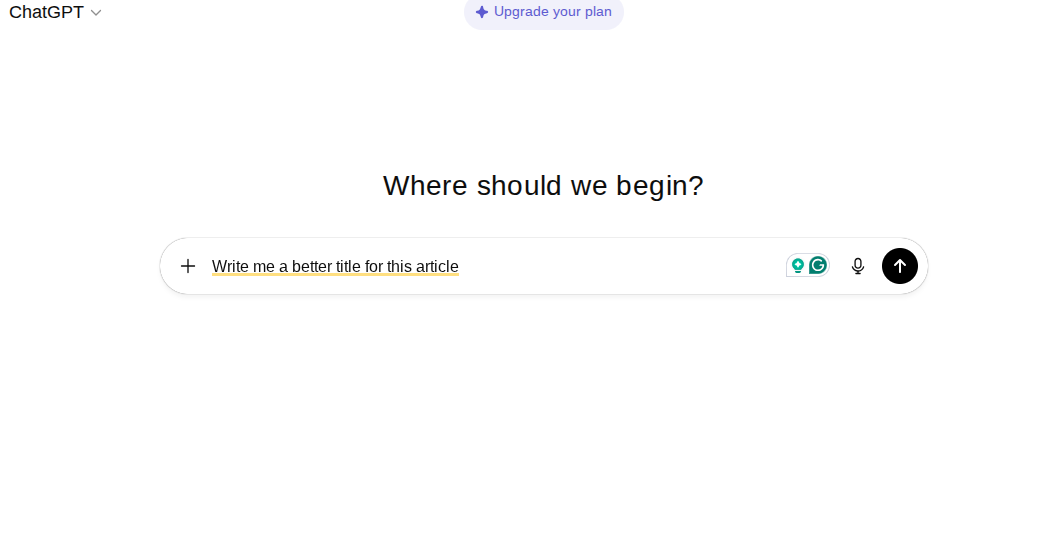
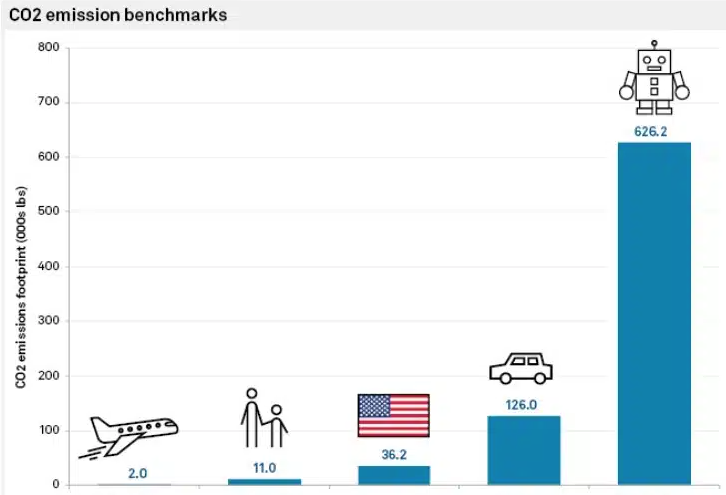
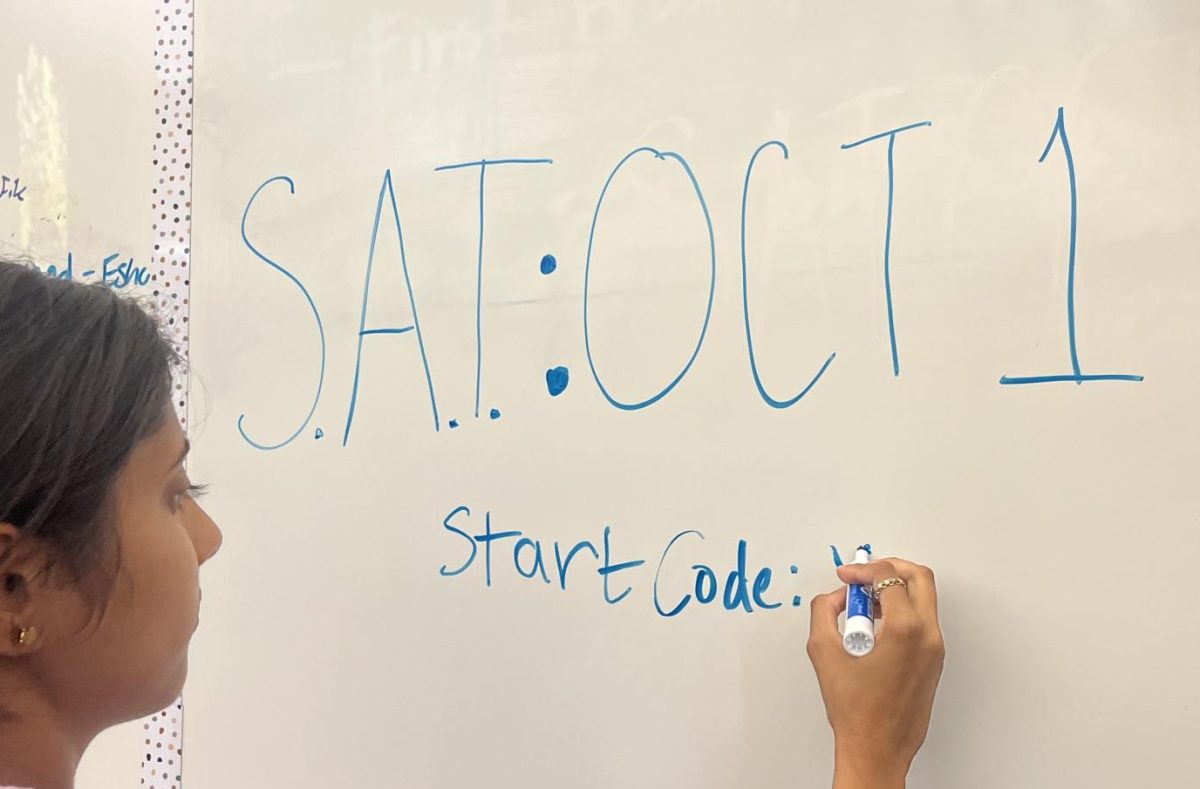
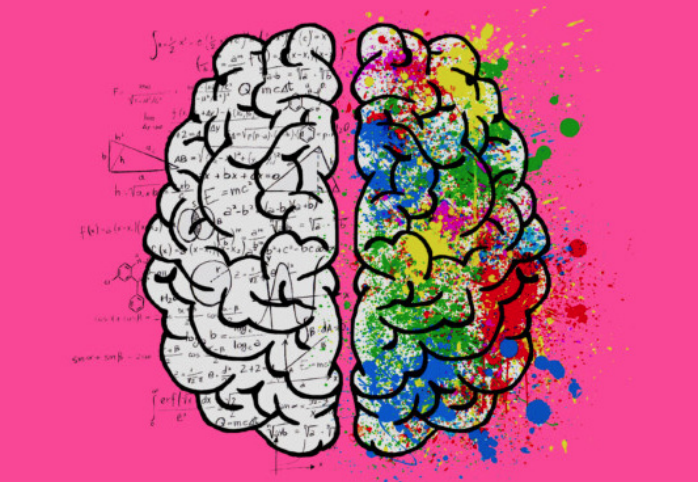

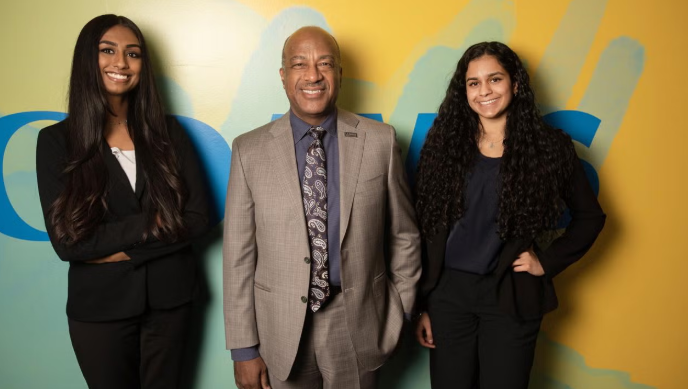

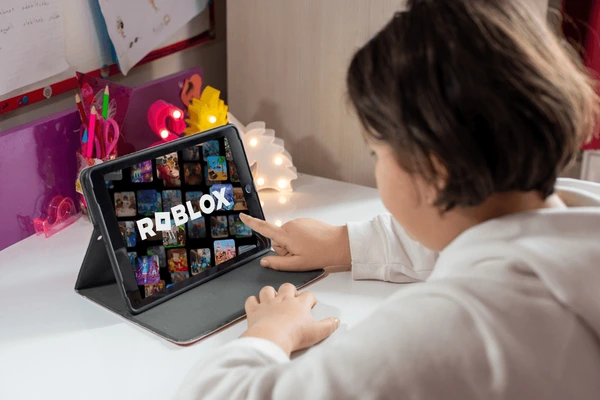





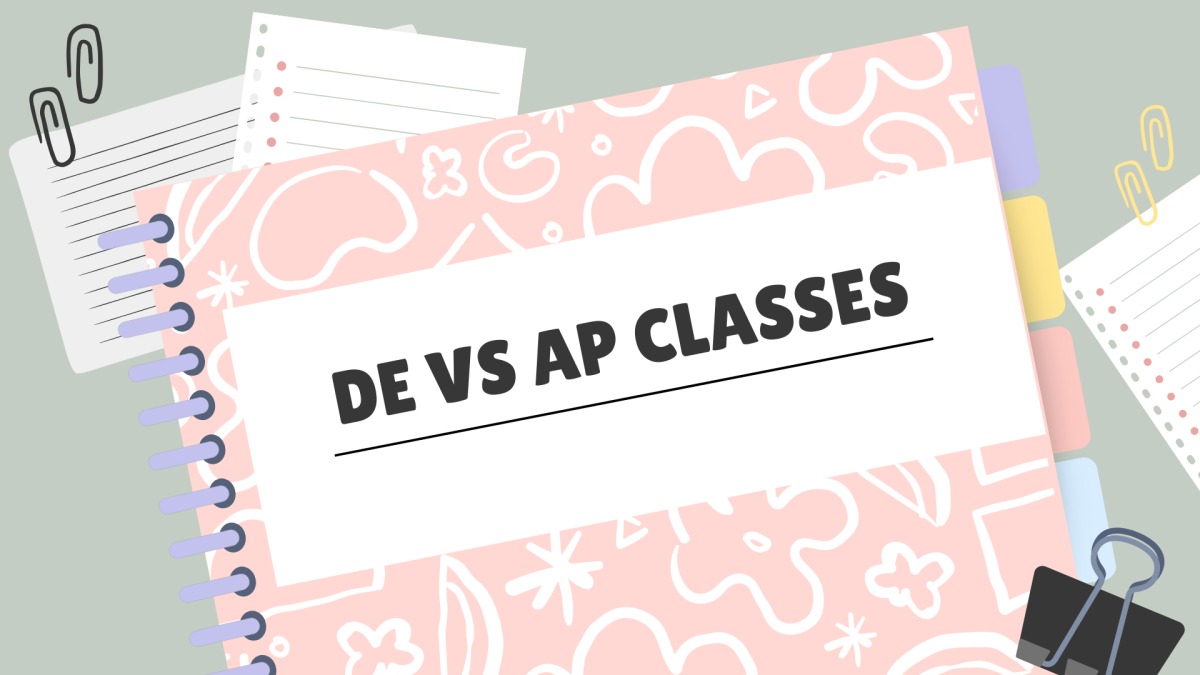






A • Aug 26, 2025 at 11:30 am
Another commenter raises a very important point about Large Language Models that I see often overlooked. ChatGPT is a probability model, meaning it inherently does not have the capacity for logic nor reasoning. It is very good at observing and outputting patterns, which is why summaries and feedback of text blocks are somewhat effective. Concerning its usability as a math tool, existing free programs like Desmos and WolframAlpha perform any task you can think of without needing to wade through seas of misleading slop produced by a program which has no concept of calculation. Just like with your suggestion to train kids on the proper usage of AI, math students should also know how to use computational tools to the fullest advantage.
Rafik Kaswani • Aug 19, 2025 at 1:54 pm
great article liam!!!
J • Aug 19, 2025 at 1:10 pm
Disagree. AI is known to frequently make up incorrect or non-existent “facts” and present them as truth (which is because large language models like ChatGPT don’t actually think or reason. They simply predict the next most likely word in a sentence based on it’s training data. It’s glorified autocorrect.). It’s not good as a tutor, because it loves to say things that aren’t true and cite irrelevant or even flat out fake sources. Plus, there are studies that show that heavily relying on AI is correlated to reduced brain activity, meaning less effective learning. AI’s only decent use education wise is to change the wording of or summarize a provided piece of text. Anything else is not a great idea.
S • Aug 26, 2025 at 10:59 am
Isn’t that exactly why we should be thought how to use AI properly? Instead of ignoring such a strong tool like AI, and assuming that people wont take advantage of it, schools should instead teach how to use it properly to avoid the misinformation. Also, ChatGPT isn’t the only AI that exists, many others like Perplexity give you sources. I think that schools should teach students how to take advantage of AI and how to extract information that is right. That way, we have the advantage going out in the real world, where AI will inevitably be influencing our lives more and more over the next decade.